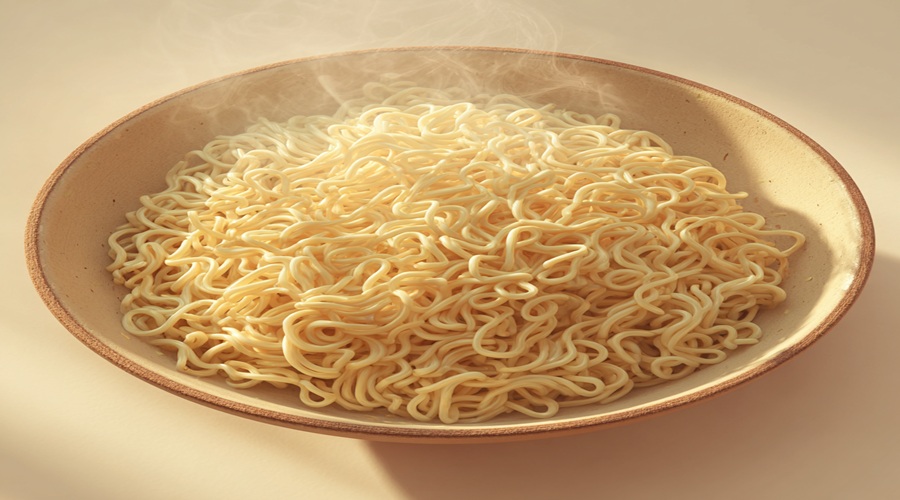
Kaedama
Japanese Name
かえだま
kaedama
Description
- Kaedama is a system where customers can order an extra serving of noodles for their ramen.
- It’s typically offered at ramen shops, especially those serving tonkotsu-style ramen.
- When the first bowl of noodles is finished, diners ask for “kaedama” to get a refill.
- The new noodles are added directly to the remaining soup in the same bowl.
- Kaedama allows people to enjoy more noodles without wasting broth.
- It is usually cheaper than ordering a second full bowl.
- In most places, you should finish your first noodles before ordering kaedama.
- The word “kae” means “replace,” and “dama” comes from “tama” (ball), referring to noodle portions.
History
- Kaedama is believed to have originated in Fukuoka, Japan—home of tonkotsu ramen.
- It became popular in the 1950s at ramen stalls (yatai) in the Hakata area.
- Thin noodles used in tonkotsu ramen cook quickly, making refills practical.
- Early shop owners wanted to give customers a cost-effective way to eat more.
- It matched the fast-paced culture of ramen dining in busy cities.
- The system spread across Japan as Hakata-style ramen gained national popularity.
- Now, kaedama is a standard option at many ramen shops, even outside Japan.
- It reflects the flexible and customer-focused nature of Japanese food culture.
Learn more Japanese words?
Play our free typing game and master Hiragana & Vocabulary in a Zen atmosphere. 🍵
🎮 Play Game